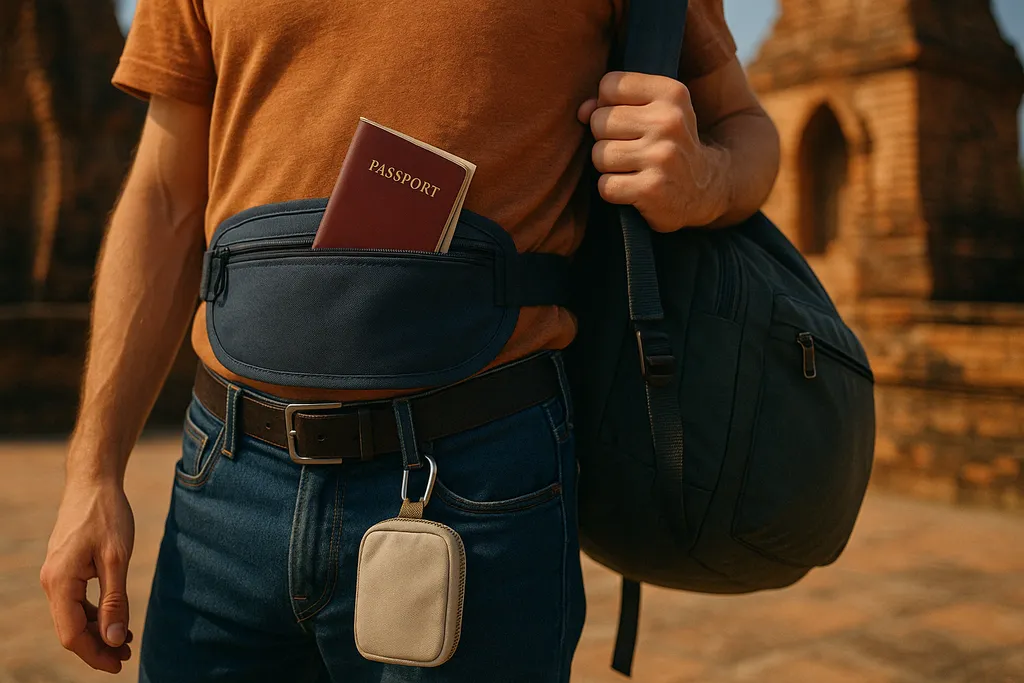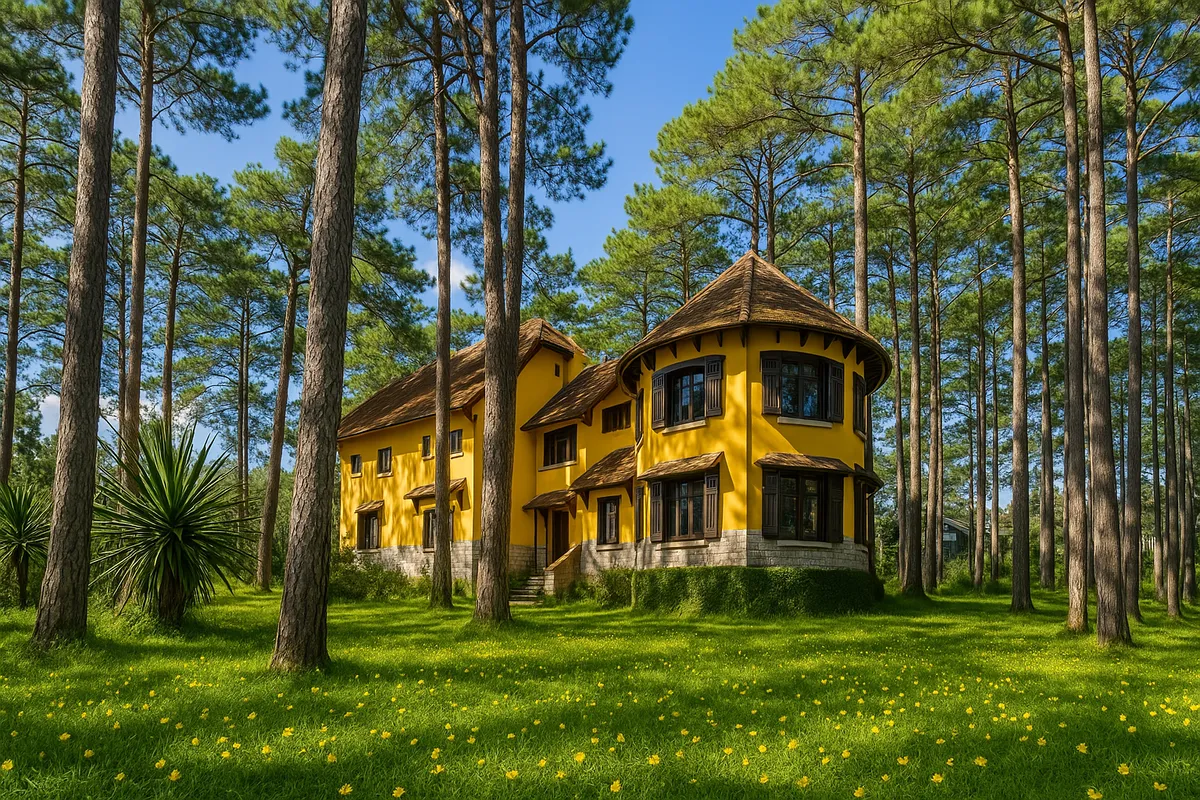Tips for reasonable time management when traveling to many places
- Tuesday, Jun 17, 2025, 19:35 (GMT+7)
Tips for reasonable time management when traveling to many places
Anyone who has ever taken a multi destination trip knows the feeling of time slipping away like sand through fingers. Before the eyes can truly see, before the heart can fully feel, the next location is already calling. The more places you plan to visit, the easier it is to fall into the trap of racing through a checklist. Mastering your time is not just a skill, it's the key to embracing every moment, every location, every memory.
The first rule is clear: don’t overpack your itinerary. Not every landmark needs a check-in, and not every street deserves a rush. Prioritizing destinations based on geography, travel distance, and experience is crucial. Seasoned travelers often study offline maps before making plans, not just to calculate distance but to understand the flow of a region. Skipping this step may save time in the short term but can lead to chaos on the road.
A common mistake is overestimating what can be done in a single day. Even if Google Maps shows a one hour ride between two places, reality often doubles that time due to bad roads, traffic jams, or spontaneous street food stops. A good rule of thumb is to allow at least a 30 percent time buffer each day. This prevents exhaustion and leaves room for unexpected surprises worth lingering for.
Many assume that more destinations mean waking up earlier and cutting sleep. In fact, sleep deprivation is one of the top reasons why itineraries collapse. When the body is tired, reflexes slow down, mood swings more easily, and decision making becomes poor. Travelers have reported that a single night of bad sleep early in a trip ruined their whole schedule. Getting enough rest, paired with flexible meals, is essential to keep energy and curiosity intact.
An uncommon but highly effective tip is to use countdown timers instead of just checking the clock. When arriving at a destination, set a timer for 45 minutes or one hour depending on how engaging the place is. This helps the mind stay present without being anxious about time. When the timer buzzes softly, it signals a pause to reassess. Should you stay longer or move on? This method is popular among professional tour guides leading large groups.
For those traveling with friends, group timing depends on shared rhythm. If four people follow four different instincts, the journey breaks into fragments. The solution lies in appointing a timekeeper from the start. This person doesn't control the group, but gently reminds everyone when it's time to wrap up and move. A friendly tap on the shoulder works better than last-minute rushing or mid-day arguments.
For longer trips across provinces or countries, where you stay each night affects how much time you save. Don’t fall into the trap of choosing cheap accommodation far from the center. Commuting back and forth can eat up hours. Instead, choose lodging near transport hubs or walkable zones. Some experienced travelers save up to two hours a day by picking smarter locations.
Packing light is a silent game changer. The fewer bags you carry, the faster you move from hotel to train to airport. Fewer items also mean less time spent looking for that one charger or face mask lost in the clutter. A rarely shared tip is to pre pack daily essentials into small pouches labeled by day. In the morning, just grab the day's pouch and go. No need to unpack and repack everything.
Don’t underestimate waiting time. Whether it's at airports, train stations, or bus stops, these are goldmines of unused hours. They don’t have to be dead time. Bring a book, a playlist, a journal, or simply nap for a power recharge. Smart travelers use this downtime to tweak their itinerary, research hidden food spots, or check weather changes to adjust plans in real time.
The golden windows for moving between destinations are from 5 to 8 in the morning and 2 to 4 in the afternoon. These periods are cooler, less crowded, and still leave time to explore after arriving. If travel must happen in the evening, avoid peak hours between 6 and 8 when traffic jams and fully booked transport can delay the flow.
Some believe that booking a full package tour ensures better time management. While that may work for some, others prefer open itineraries with flexible gaps. These unplanned slots often lead to the best discoveries. A surprise street performance, a local snack stall, or a quiet alley bathed in golden light could become the highlight of the trip. Freedom in planning allows space for serendipity.
Avoid the pressure to tick off famous places just because everyone else does. Not every destination matches your style. Forcing a visit can waste time and dull your spirit. Upgrading your travel mindset means focusing on places that resonate with you and letting go of the fear of missing out. Regret fades quickly when you find yourself fully immersed in a place that fits your soul.
The more stops you make, the more important it becomes to know when to pause. Do not squeeze in last minute detours into an already packed day. Instead, reserve a quiet afternoon, a free evening, or a late start morning. These breathing spaces allow the body to recover and the mind to process. They also make room for creativity, reflection, or simply being still in a foreign land.
Managing time on a multi destination trip is not about strict schedules. It’s about sensitivity to your own rhythm, the weather, the energy of the place. It’s the ability to adapt when plans go wrong, to stay calm in delays, and most of all, to know when to go with the flow and when to take the lead.
A successful trip is not one without flaws. It is one where every moment feels chosen. When you become the master of your travel time, the journey becomes lighter, freer, more meaningful. And that is the true essence of exploring many destinations in one trip: not rushing through them, but embracing every second like a souvenir you take home in your memory.

 CHECKIN.VN
CHECKIN.VN








Share on